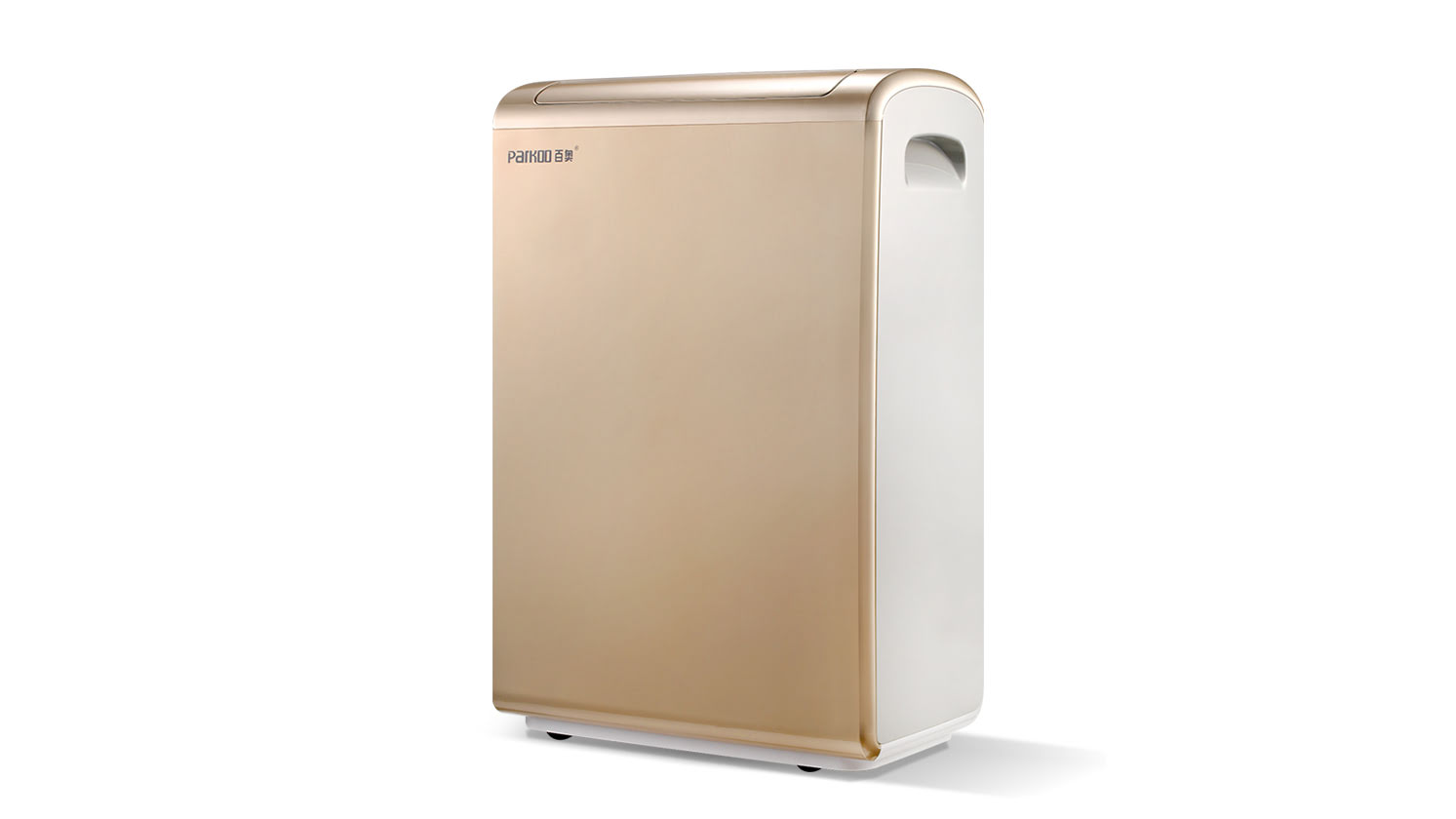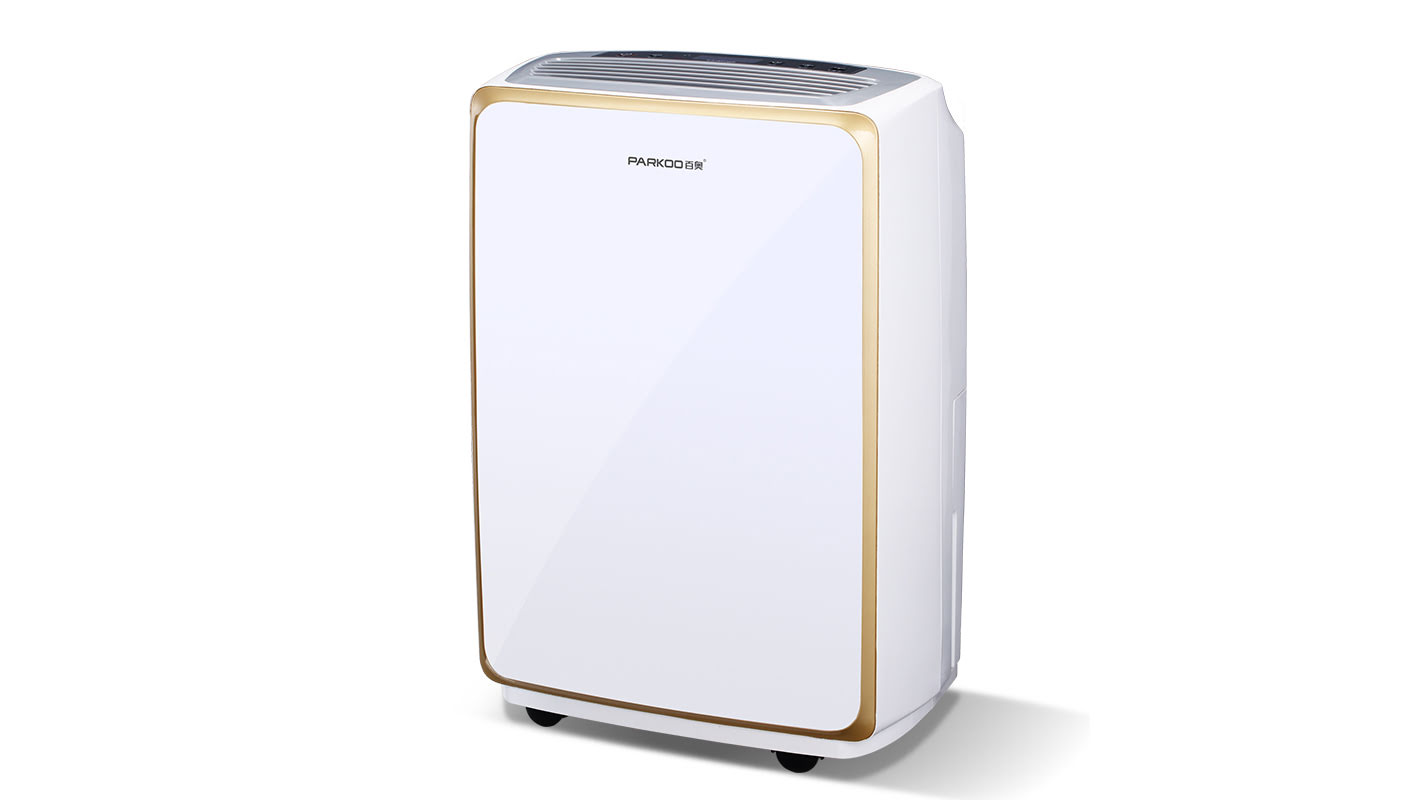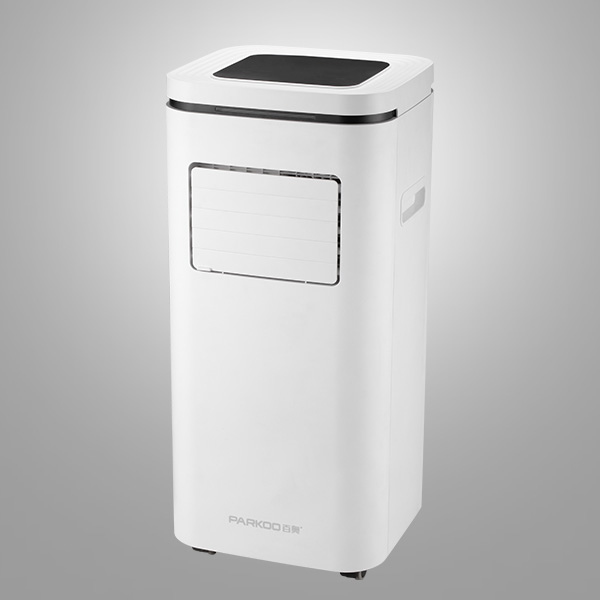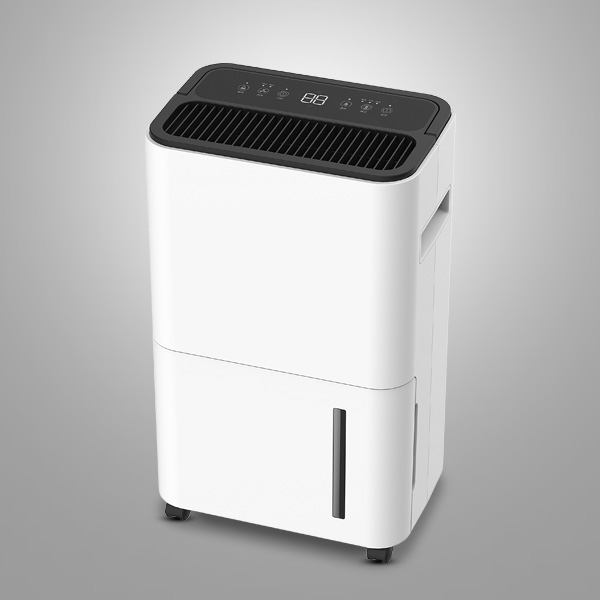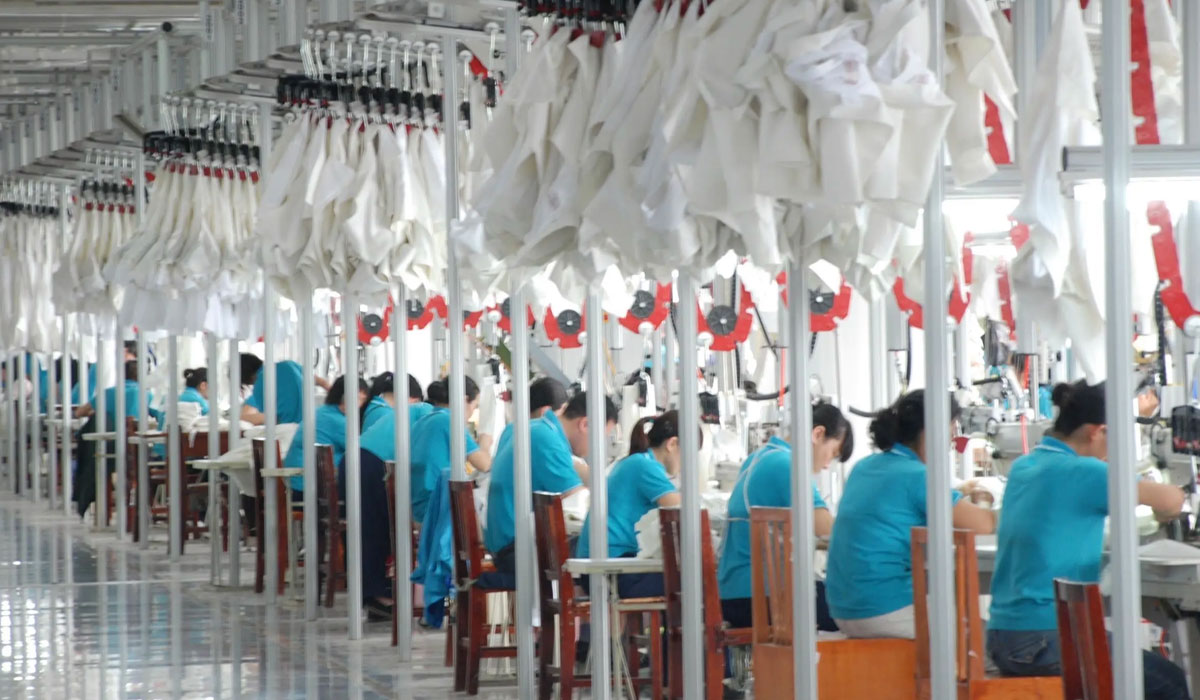Indirect effects include all consequences of changing humidity levels on microorganisms (viruses, bacteria, fungi), allergens, air quality (particles, physical and chemical reactions), the rate of elimination of airborne pathogens, and the potential harmful consequences of contaminated humidifiers
Nine epidemiological studies examined the relationship between the number of respiratory infections or absenteeism and relative humidity in offices, places of residence, or schools. Absenteeism or respiratory infections are less common among people who work or live in moderate to low or high relative humidity environments
Unless the relative humidity exceeds 60%, most fungi cannot grow. Relative humidity also affects the rate of formaldehyde emissions from indoor building materials, the formation rate of acids and salts in sulfur and nitrogen dioxide, and the formation rate of ozone The effect of relative humidity on the abundance of allergens, pathogens, and harmful chemicals indicates that indoor relative humidity levels should be considered a factor in indoor air quality
Conclusion
By maintaining indoor levels between 40% and 60%, most of the adverse health effects of low relative humidity can be minimized. This requires humidification in cold winter weather conditions Humidification should preferably use evaporative or steam humidifiers, as cold mist humidifiers can spread aerosols contaminated with allergens, bacteria, and fungi




